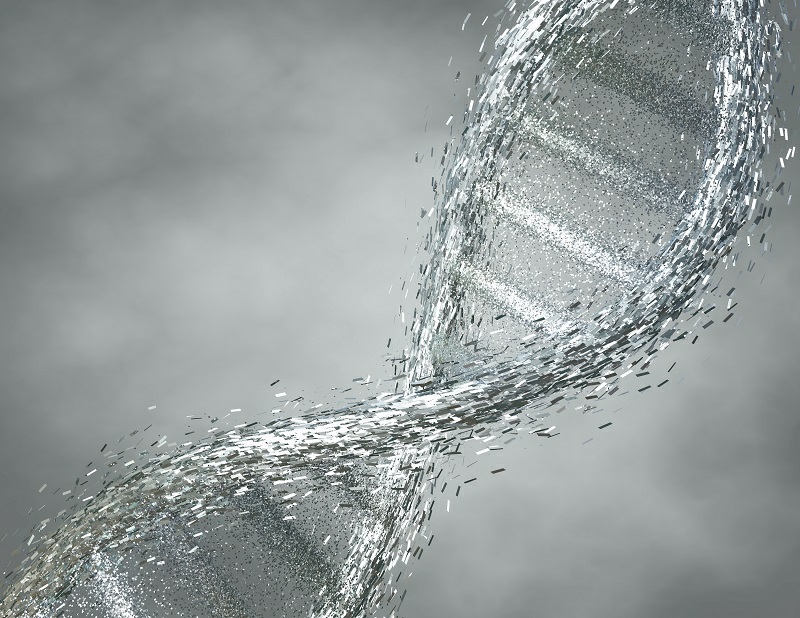Has Harvard Researcher Found Fountain of Youth Molecule?
Most younger people think little about aging, except their rush to attain legal age to drive, drink, vote, get married and move away from home.
But as people age, the thought of age and growing old becomes more prevalent. This has led to the search for a so-called fountain of youth for many centuries.
Herodotus, a Greek historian and author, who lived from 484 BC to 425 BC, could be the first person to mention a fountain of youth. In his writings, he mentioned a fountain in the land of the Macrobians, whose water was the supposed the cause of their long longevity.
Alexander the Great was reported to have searched for a spring that restored youth. The legendary fountain of youth as been the quest of many over the millennia, but perhaps none as famous here in America as when the Spanish explorer and conquistador Ponce de León sailed across the Atlantic Ocean in the 1500s in search of the legendary fountain of youth. He landed on and explored part of the Florida peninsula, but never found his legendary fountain. Today, you can visit the Fountain of Youth Archaeological Park in St. Augustine, Florida.
In more recent years, many scientists have studied what makes us age. Part of the aging process is tied to a tiny structure found on every chromosome. It’s called a telomere. It is found at the end of every chromosome and protects the chromosome from unraveling or fraying. Composed of a sequence of nucleotides, the telomere base slowly shortens with age and the number of times the chromosome is replicated. The shorter the telomere, the short the lifespan left for an individual.
There are some substances that are supposed to help maintain telomere health and slow down the shortening of them and thus slow down the aging process.
Harvard geneticist David Sinclair, 49, claims to have discovered a molecule that increases the lifespan of mice and himself. He says that he has been taking this molecule on a daily basis and says that it has made him 20-years younger. He says he has the lung capacity, cholesterol and blood pressure of a young adult and the heart rate of an athlete.
If his discovery is true and works, Sinclair stands to make millions, probably billions of dollars off of it, but, does it really work in humans?
According to a report:
“Despite his enthusiasm, published scientific research has not yet demonstrated the molecule works in humans as it does in mice. Sinclair, however, has a considerable financial stake in his claims being proven correct, and has lent his scientific prowess to commercializing possible life extension products such as molecules known as ‘NAD boosters’.”
Jeffrey Flier, a former Harvard Medical School Dean commented, saying:
“If you say you’re a terrific scientist and you have a treatment for aging, it gets a lot of attention. There is financial incentive and inducement to overpromise before all the research is in.”
Stephen O’Rahilly, the director of Cambridge’s Metabolic Research Laboratories, cautioned:
“The sale of nutritional supplements of unproven clinical benefit is commonplace. What is unusual in this case is the extent to which institutions and individuals from the highest levels of the academy have been co-opted to provide scientific credibility for a product whose benefits to human health are unproven.”
So many researchers conduct their research on mice because of their shorter lifespan, abundance, ease of working with and because they can’t experiment on humans. But, just because something works in mice, doesn’t mean it works in humans.
Felipe Sierra, Director of the Division of Aging Biology at the National Institute on Aging at NIH, perhaps said it best:
“The bottom line is I don’t try any of these things. Why don’t I? Because I’m not a mouse.”









Recent Comments